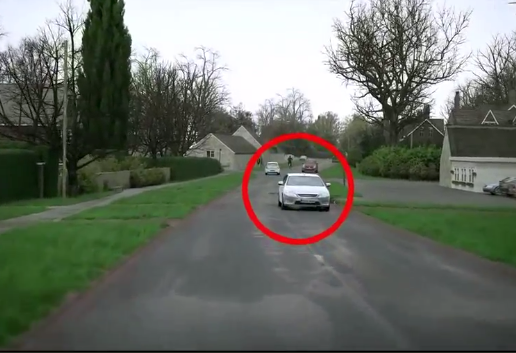

- #PRACTICAL HAZARD PERCEPTION TEST DRIVERS#
- #PRACTICAL HAZARD PERCEPTION TEST PLUS#
- #PRACTICAL HAZARD PERCEPTION TEST SERIES#
To get a better idea of what to expect in your hazard perception test, watch our short video: It’s better to click a few too many times than too few. We’ve already mentioned that how many clicks hazard perception candidates do overall won’t necessarily affect their score negatively (unless they’re clicking continuously), so don’t be afraid to click a few times per hazard as you might have clicked just before the scoring window opened. You will know that your click has been registered because a red flag will appear in the bottom corner of the screen. Clicking once the hazard has already developed fully will also score you a 0. The sooner you click within this window, the more points you earn. the pedestrian has walked into the road or the car has pulled out in front of you).

There will be a window of time in which you need to click, beginning as soon as a potential hazard turns into a developing hazard, and ending when it becomes a full-blown hazard (e.g. You will need to wait until that pedestrian looks like they’re going to walk out into the road or the car starts to move - that’s when the potential hazard has become a developing hazard. Clicking on a potential hazardĬlicking on a potential hazard won’t give you any points, so don’t just click every time you see a pedestrian walking down the road or a car waiting at a junction. The pass mark is 44 out of a possible 75.You might be wondering ‘do you have to click on the hazard in hazard perception’? Well, to answer that you’ll need to know the difference between a potential hazard and a developing hazard, because you only need to click if and when a hazard starts to develop. The sooner a response is made, the higher the score. The candidates are required to indicate when they notice a hazard developing which might require some action by the motorcyclist, such as slowing down or changing direction.
#PRACTICAL HAZARD PERCEPTION TEST DRIVERS#
The Drivers Vehicle and Standards Agency (DVSA) provide a sample theory test here: You need to correctly answer 43 of the 50 questions to pass this test. You will have a 15 minute period to familiarise yourself with the system and staff are on hand to help. No prior experience with computers is needed. You select your answers by simply touching an area on a computer screen.
#PRACTICAL HAZARD PERCEPTION TEST SERIES#
This test lasts 57 minutes and comprises a series of 50 multiple choice questions under exam conditions.
#PRACTICAL HAZARD PERCEPTION TEST PLUS#
Old style paper driving licence plus a current signed passport.

For this purpose the only acceptable documents are: You will need to show photographic evidence of your identity as well as a valid driving licence. They will help you find your nearest test centre. You should book your theory test via the government official booking service found here: It is possible to take your theory test before your CBT but most people take it afterwards. Motorcycle Theory & Hazard Perception Testīefore moving on to your practical tests you will need to take and pass your motorcycle theory and motorcycle hazard perception test.


 0 kommentar(er)
0 kommentar(er)
